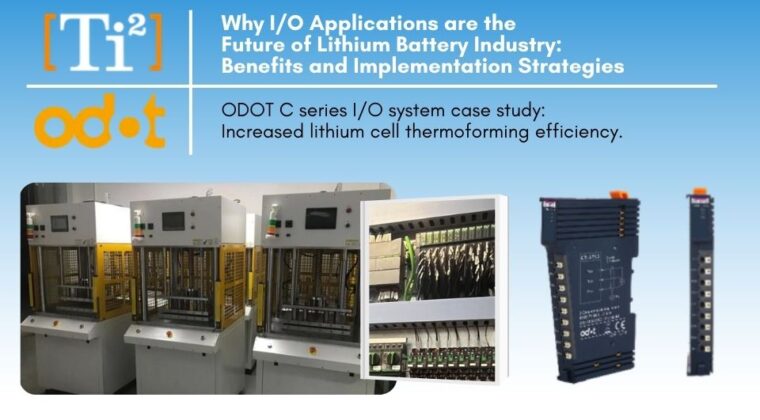As the demand for lithium batteries continues to grow, it is becoming increasingly important for manufacturers to improve their production processes and efficiency. One area that has shown significant promise is the implementation of I/O system applications.
These applications use advanced technology to optimise and streamline the manufacturing process, resulting in increased productivity, reduced costs, and improved overall quality.
In this article, we will explore the benefits of implementing I/O system applications in the lithium battery industry, including improved safety, increased production capacity, and enhanced product performance.
We will also discuss the various implementation strategies that manufacturers can use to integrate these applications into their production processes.
Join us as we explore why I/O system applications are the future of the lithium battery industry and how they can help manufacturers stay ahead of the competition.
Understanding the Benefits of IO Applications in the Lithium Battery Industry
The lithium battery industry has undergone many changes in recent years, ODOT Automation offers one of the most promising developments in this field, offering a range of benefits for manufacturers and end-users alike.
Aside from real-time data and efficiency, a superior advantage of implementing I/O system applications in the lithium battery industry is improved safety. These applications use advanced sensors and monitoring systems to detect and prevent potential safety hazards, such as overcharging or overheating, which can lead to battery failure or even fire.
By monitoring the battery’s temperature, voltage, and current, I/O applications can optimise the charging process and ensure that the battery remains within safe operating limits at all times.
In addition to improved safety, I/O applications can also help manufacturers increase their production capacity and efficiency. By automating many of the manufacturing processes, these applications can reduce the time and labour required to produce lithium batteries, thereby increasing output and reducing costs. Moreover, I/O applications can help manufacturers identify and address inefficiencies in their production processes, leading to further improvements in productivity and quality.
ODOT C series I/O system has been proven to increase lithium cell thermoforming efficiency.
In the process of lithium cell thermoforming, the lithium-ion battery cells are shaped and formed using heat and pressure. This process involves placing a pre-cut lithium-ion cell into a mould and heating it to a specific temperature to soften the plastic casing. The mould is then closed to be pressurised and shaped into various applications. Thermoforming is commonly used for LI-batteries for electronic devices such as laptops or smartphones and electric vehicles.
In order to optimise the cell thermoforming, ODOT implemented the C-series remote I/O system to carry out the key tasks of collecting processed data and outputting control signals for a large-scale consumer-grade lithium electricity manufacturer.
The controller, Siemens S7-1200 PLC, communicated with the IO modules via ODOT CN-8032-L Profinet adapter, which carries I/O module analogue CT-3713/CT-4234. It controlled the real-time data transmission between the PLC controller with the field equipment, e.g., thermocouple and pressure sensor.
ODOT C series I/O provides a complete solution with input and output modules to reduce customer delivery time and overall cost. This, in return, provided the customer with a profitable cost reduction and higher efficiency in their thermoforming application.
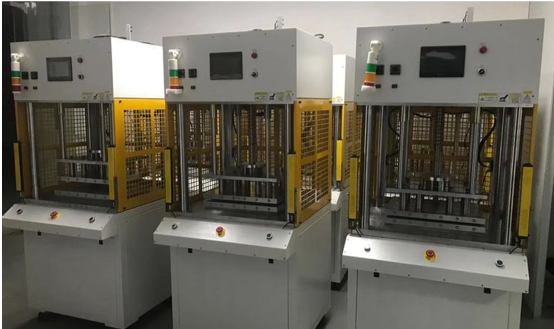
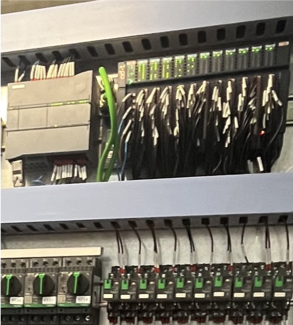
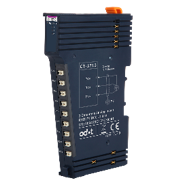
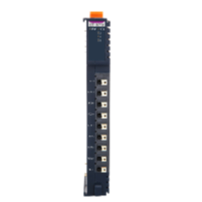
I/O Applications Implementation Strategies for Lithium Battery Industry
Implementing I/O system applications in the lithium battery industry requires careful planning and execution. To ensure a successful implementation, manufacturers must consider a range of factors, including:
- Existing infrastructure
- Workforce skills
- Budget
Here are some of the strategies that manufacturers can use to integrate I/O system applications into their production processes:
1. Conduct a thorough assessment of the existing infrastructure: Before implementing I/O system applications, manufacturers must evaluate their existing infrastructure and identify any potential bottlenecks or constraints. This includes assessing the production equipment, software systems, and workforce skills needed to support the new applications.
2. Develop a clear implementation plan: Once the assessment is complete, manufacturers should develop a clear implementation plan that outlines the steps needed to integrate the new applications into the production process. This plan should include a timeline, a budget, and a clear set of performance metrics to evaluate the success of the implementation.
3. Train the workforce: Implementing I/O system applications requires specialised skills and knowledge, which may not be available within the existing workforce. Manufacturers should invest in training programs to ensure that their employees have the necessary skills to operate and maintain the new applications.
How IO Applications are Transforming the Lithium Battery Industry
By using advanced monitoring and control systems, I/O applications can detect and prevent potential safety hazards, which has led to increased confidence in the safety and reliability of lithium batteries.
This is critical for the widespread adoption in various applications, from electric vehicles to grid-scale energy storage.
The future of I/O system applications in the lithium battery industry is bright, with significant potential for further innovation and development. As the demand for lithium batteries continues to grow, manufacturers will be under increasing pressure to improve their production processes and efficiency.
I/O applications offer a promising solution to this challenge, providing manufacturers with the tools they need to optimise and streamline their operations.
One area of future development for I/O system applications is artificial intelligence (AI) and machine learning. By using advanced algorithms and predictive analytics, these applications can identify patterns and trends in production data, enabling manufacturers to make data-driven decisions and optimise their operations further.
Examples of Successful IO Application Implementation in Lithium Battery Industry
Several companies have already implemented I/O system applications in their lithium battery production processes, with impressive results. One example is Tesla, which has developed its proprietary battery management system (BMS) that uses advanced sensors and monitoring systems to optimise the charging and discharging processes of its lithium batteries.
The result is a more efficient and reliable battery that can power Tesla’s electric vehicles and energy storage systems.
Another example is LG Chemical, which has developed an I/O system application called “JBMS” (Junction Box Management System), which uses advanced sensors and monitoring systems to optimise the performance of its lithium batteries. By monitoring the battery’s temperature, voltage, and current, JBMS can prevent potential safety hazards and enhance the battery’s performance and lifespan.
Challenges for Implementing I/O Applications in the Lithium Battery Industry
Despite the significant benefits of implementing I/O system applications in the lithium battery industry, several challenges must be addressed to ensure a successful implementation.
One of the most significant challenges is the cost and complexity of these applications, which can be prohibitively expensive for many manufacturers.
Another challenge is the need for standardisation and interoperability of I/O system applications.
With several different applications available on the market, it is essential to ensure that they are compatible with different manufacturing processes and can communicate with each other seamlessly.
Comparison of I/O Applications with Traditional Battery Management Systems
Traditional battery management systems (BMS) have been used for many years to monitor and control the performance of lithium batteries. However, these systems are often limited in their capabilities and may not provide the same level of safety, efficiency, and reliability as I/O system applications.
One of the main differences between I/O system applications and traditional BMS is that the former uses advanced sensors and monitoring systems to optimise the performance of lithium batteries, while the latter relies on more basic monitoring and control systems.
Ti2 Pty Ltd is the official distributor for ODOT in Australia, offering automation products with expertise from world-class suppliers. We provide robust competitive industrial automation solutions helping manufacturing companies among other emerging industries.
To learn more about what we do and how we can help your interoperability requirements, please click projects, products & services.
Ti2 is currently very focused on working with its global partners to secure stock and avoid long delay times in delivering products to their customers. Together with our trusted partners, we are here to provide solutions.
Please click here to email us your inquiry, we would like to hear from you.

